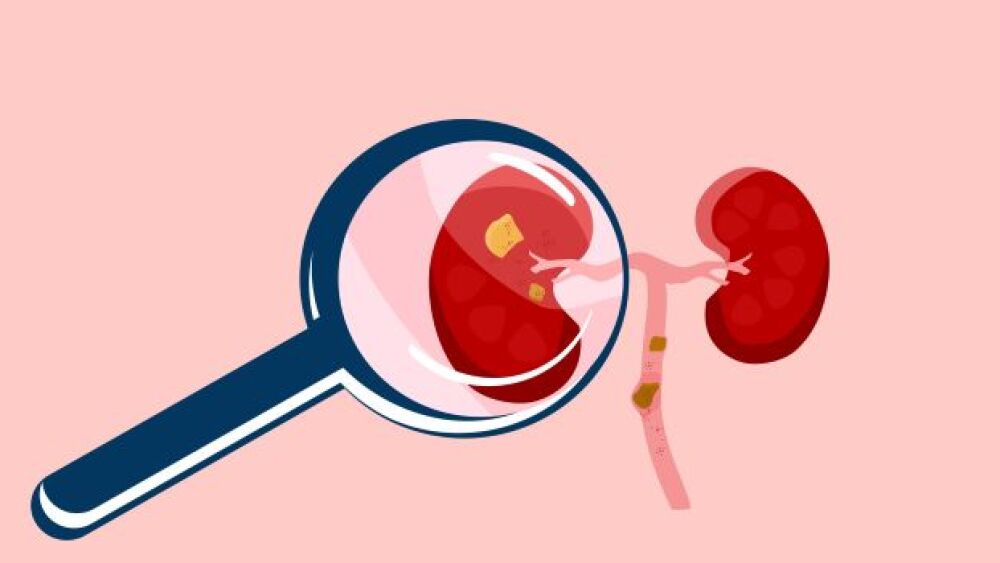While the study hit its primary efficacy endpoints, investors are likely concerned about reports of “inconsistent results” regarding reducing Uox excretion in a subtype of patients with the rare disease.
Shares of Dicerna Pharmaceuticals are down nearly 30% in premarket trading despite the report of positive outcomes from a clinical study of the company’s once-per-month treatment for primary hyperoxaluria (PH), an ultra-rare genetic disease.
While the study hit its primary efficacy endpoints, investors are likely concerned about reports of “inconsistent results” regarding the reduction in urinary oxalate (Uox) excretion in a subtype of patients with the rare disease. Dicerna’s trial assessed nedosiran in patients with two subtypes of primary hyperoxaluria, PH1 and PH2. The company hoped its experimental therapeutic would benefit both subtypes.
Dicerna announced that nedosiran, its lead GalXC RNAi therapeutic candidate, hit its primary endpoint of the reduction of significant Uox excretion in the PHYOX2 study. Additionally, the treatment hit a key secondary point of patients showing sustained levels of Uox at “normal or near normal” following 90 days. However, for trial patients with the PH2 subtype, the Lexington, Mass.-based company said the drug showed inconsistent results.
There are three subtypes of PH, PH1, PH2 and PH3. Each subtype is a genetic mutation of the gene that causes the disease, which usually manifests with complications in the kidneys.
The mutations cause enzyme deficiencies that result in the overproduction of a metabolism end-product called oxalate. The abnormal oxalate production leads to recurrent kidney stones, nephrocalcinosis, and chronic kidney disease that may progress to end-stage renal disease.
It is estimated that PH impacts about 8,500 people in the United States, although there is speculation that many people go undiagnosed. Nedosiran is an inhibitor of the hepatic lactate dehydrogenase (LDH) enzyme, which catalyzes the glyoxylate metabolism pathway, which leads to oxalate overproduction in patients with PH.
Alnylam’s Oxlumo is the only approved therapy in the United States for the treatment of patients with PH1. It was approved last year by the U.S. Food and Drug Administration (FDA). Dicerna hopes nedosiran will become a second approved therapy for that specific subtype. The company intends to submit a New Drug Application to the FDA in the fourth quarter of this year based on the data from the PHYOX2 study.
Shreeram Aradhye, Dicerna’s chief medical officer, said the reductions of Uox secretion in patients with PH1 show the promise of its GalXC RNAi technology to silence disease-driving genes. In patients with PH1, the nedosiran is capable of reducing LDH in the liver, which benefits patients with that subtype. The company’s NDA will be aimed at PH1. Regarding PH2, that will likely take additional work.
“The heterogeneity of Uox response seen in participants with PH2, despite LDHA inhibition in the liver and in contrast to prior clinical experience, suggests more complexity in the PH2 disease biology than has been previously understood and will require further evaluation,” Aradhye noted.





